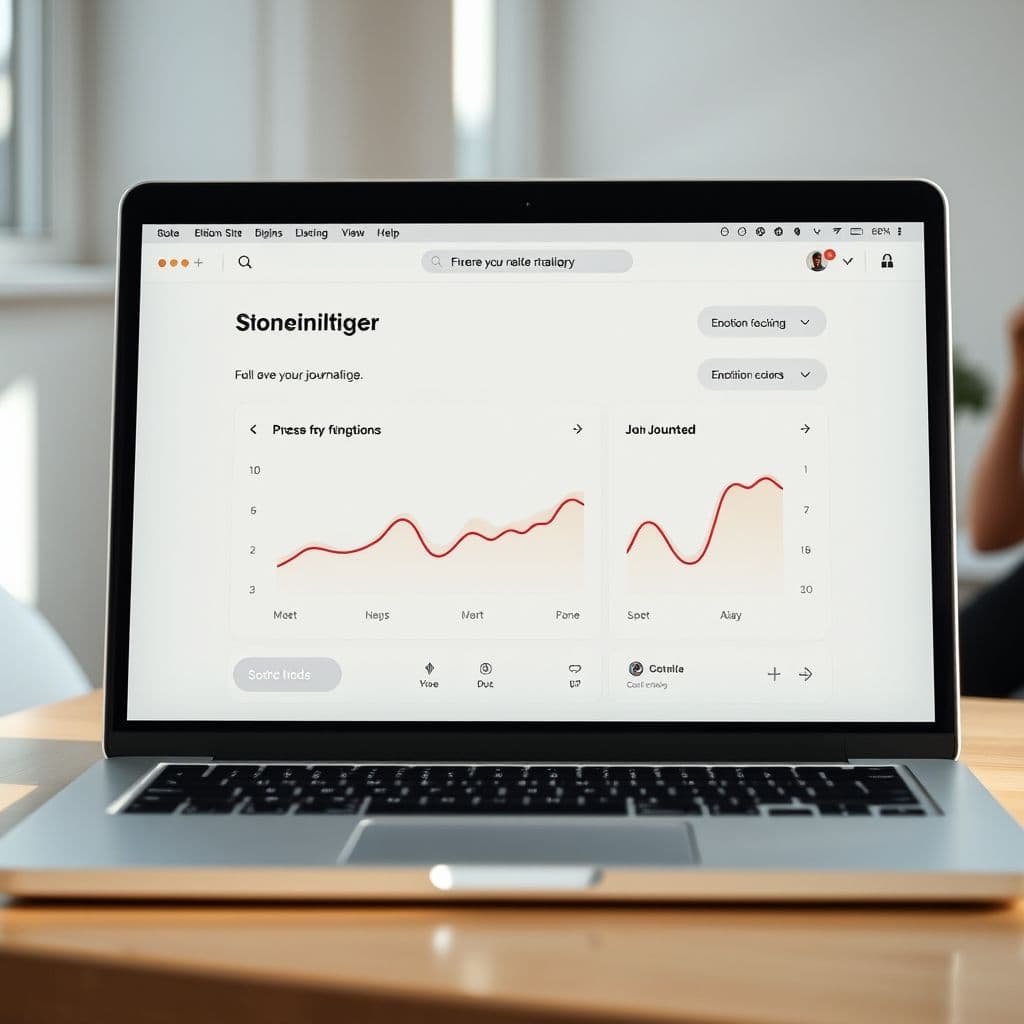How a SaaS Solution Could Help Overcome Emotional Blockages and Overthinking

Overthinking is often a sign of unprocessed emotions. Many people struggle to articulate their feelings, leading to mental noise and emotional blockages. In this article, we explore how a hypothetical SaaS platform could provide structured emotional processing tools to help users heal.
The Problem: Emotional Blockages and Overthinking
Many individuals find themselves trapped in cycles of overthinking, unable to process deep-seated emotions. Comments like 'I can’t feel through it—I try to cry, but nothing comes out' highlight the frustration of emotional suppression. Trauma and unresolved pain often manifest as relentless mental loops, making it difficult to move forward.

Idea of SaaS: A Guided Emotional Processing Platform
Imagine a SaaS platform designed to help users navigate their emotions through structured tools. This hypothetical solution could include guided journaling prompts tailored to different emotional states, meditation sessions focused on releasing pent-up feelings, and AI-driven advice to help users articulate what they’re experiencing.
The platform could use natural language processing to analyze journal entries and suggest personalized coping mechanisms. For instance, if a user frequently writes about feeling stuck, the AI might recommend specific mindfulness exercises or therapeutic writing prompts to break the cycle.

Potential Use Cases
This tool could benefit a wide range of users. Someone grieving a loss might use the guided grief journaling module, while another user dealing with anxiety could benefit from real-time AI suggestions during moments of overwhelm. Therapists might also recommend it as a supplementary tool for clients between sessions.
Conclusion
Emotional healing requires more than just thinking—it demands feeling. While this SaaS idea is purely hypothetical, it highlights the potential for technology to bridge the gap between unprocessed emotions and mental peace. Could such a platform help you or someone you know?
Frequently Asked Questions
- How would this SaaS platform ensure user privacy?
- A hypothetical solution would prioritize end-to-end encryption for journal entries and anonymized data processing to protect user confidentiality while still providing personalized insights.
- Could this replace therapy?
- No. While such a tool could supplement emotional processing, it would not replace professional therapy. It would ideally serve as a supportive resource for daily emotional management.


